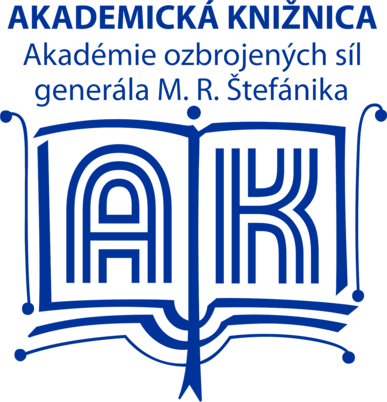Analýza spôsobov ostreľovania cieľov pozemným delostrelectvom OS SR
Fulltext (.pdf 1,5 MB)
https://doi.org/10.52651/vr.a.2023.1.78-90
Autor: Michal VAJDA
In: Vojenské reflexie
ISSN: 1336-9202
Ročník: XVIII.
Číslo: 1
Strany: 78 - 90
Rok vydania: 2023
Vydavateľ: Akadémia ozbrojených síl generála Milana Rastislava Štefánika, Liptovský Mikuláš
Abstrakt: One of the problems covered by the theory of artillery indirect fire is the problem of effective engagement of targets. Rules for distribution of fire on area targets set in the Slovak Armed Forces are based on the experience of Czechoslovak artillerymen from the world wars and have remained virtually unchanged for decades. However, the Slovak Republic has been a member of the North Atlantic Alliance since 2004, and fire support systems have also undergone significant development. The aim of the paper is to identify ambiguities and controversial areas in the ways of fire distribution and related issues, to point out inconsistencies with internationally agreed procedures and to formulate proposals to eliminate the shortcomings of the current situation.
Kľúčové slová: distribution of fire, fire for effect, target radius, sheaf, circular target
Citácia:
VAJDA, Michal. Analýza spôsobov ostreľovania cieľov pozemným delostrelectvom OS SR. In: Vojenské reflexie: Vojenský vedecký časopis [online]. Liptovský Mikuláš: Akadémia ozbrojených síl generála Milana Rastislava Štefánika, 2023, 18 (1), s. 78-90. ISSN 1336-9202. Dostupné na internete: https://doi.org/10.52651/vr.a.2023.1.78-90

Toto dielo je licencované pod Creative Commons Attribution 4.0 International License.
